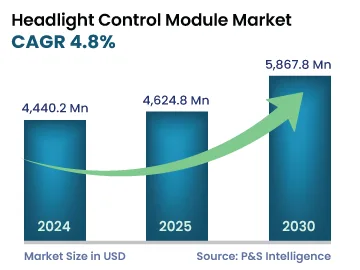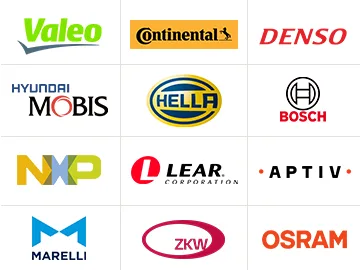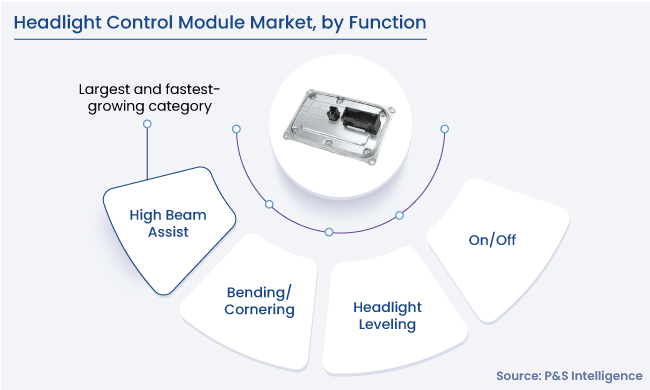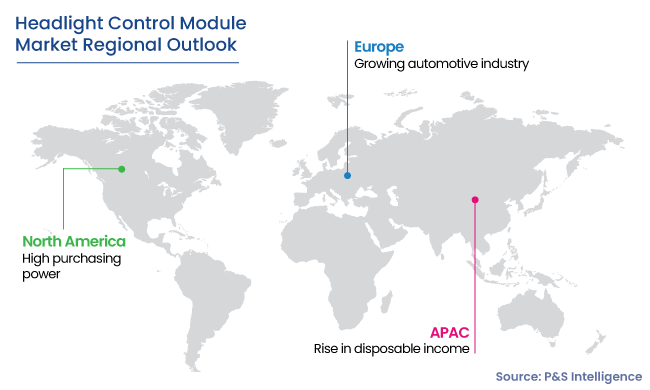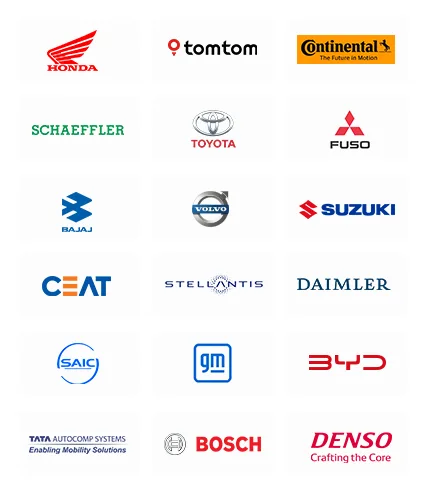Headlight Control Module Market Analysis
The headlight control module market will generate an estimated revenue of USD 4,440.2 million in 2024, which is expected to witness a CAGR of 4.8% during 2024–2030, to reach USD 5,867.8 million by 2030. It is due to the growth of the automobile industry, the rise in the sale of SUVs and premium vehicles, awareness regarding safety features, and advancements in lighting technology. The headlight control module is an essential part of the vehicle as it controls and adjusts the operations related to headlights according to driving conditions. They communicate with other components integrated into the vehicle, such as a lighting control switch, body control module, and sensors, to function seamlessly. It not only provides improved visibility on the road but also safety for both passengers and pedestrians.
Moreover, the increasing sales of vehicles, including electric, semi-autonomous, and autonomous, are creating a huge demand for headlight control. With continuous technological advancement, the automotive industry has developed a special feature that restricts drivers from being distracted by bright lights and provides enhanced visibility while driving on busy lanes or highways. In addition, the rising sales of SUVs and luxurious cars are also going to accelerate the market growth as headlight control module is commonly integrated into these vehicles. Consumers are familiar with the various benefits it provides, including low power consumption, customization options, appealing look, and more-adaptive features.
Furthermore, environmental factors, such as high carbon emissions, are playing a vital role in driving the growth of this market. Government and regulatory agencies have developed stringent laws focusing on reducing carbon footprint and enhancing power consumption. These laws have compelled manufacturers to incorporate advanced lighting systems in headlight control modules which consist of energy-saving features, including automatic on/off functions and predictive lighting systems. Automakers are making huge investments in innovating technologies to cater to a wide range of customers, as well as meeting regulatory standards.
